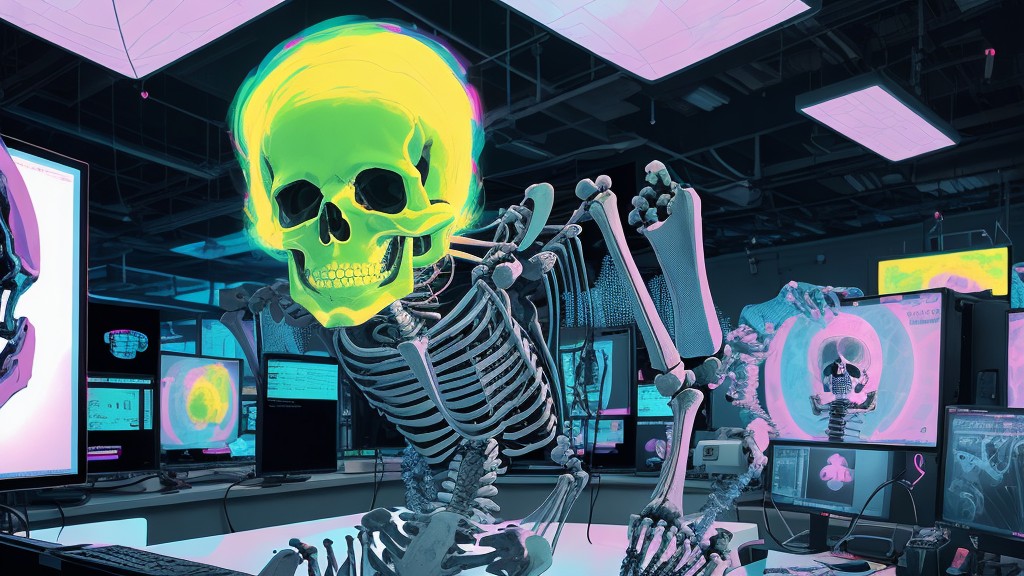
Unveiling Dynamic Digital Radiology: A Quantum Leap in X-Ray Imaging
In an era of dynamic progress, innovation continuously reshapes the landscape of medical technology. A case in point is the recent breakthrough from Konica Minolta US: Dynamic Digital Radiology (DDR). This revolutionary technology not only challenges but fundamentally transforms our perception of the human skeleton in motion.
So, what makes DDR such a game-changer? At its core, DDR is an advanced X-ray imaging system capable of capturing up to 15 X-rays per second, producing a cine loop playback of physiological movement. A typical exam captures 20 seconds of movement in less than a minute, achieving an unprecedented level of efficiency.
The intrigue doesn’t stop here. DDR accomplishes this impressive feat while operating at lower radiation levels than traditional fluoroscopy exams, ensuring patient safety remains at the forefront.
DDR’s real magic lies in its versatility and adaptability. This technology can capture images whether patients are standing, seated, or on a table. Imagine the impact on patient comfort and convenience, significantly enhancing the overall experience!
Now, DDR is finding itself increasingly invaluable in diagnosing musculoskeletal conditions. It provides diagnostic details in full motion, thereby enabling orthopedists to quantify the dynamic relationship between bones and soft tissue throughout the range of motion. DDR’s deployment in orthopedic facilities is already resulting in faster and more detailed diagnoses, improving the overall quality of patient care.
This innovative technology is not only making waves in the U.S. but is gaining traction globally. DDR systems have been installed worldwide, predominantly at university hospitals, since its 2018 launch. In fact, Konica Minolta recently released DDRAtlas Ver. 1.0 in Japan, an atlas of normal cases aimed at establishing diagnostic standards in the field of dynamic imaging diagnosis.
One of the compelling advantages of DDR is the wealth of functional and physiological information it provides, allowing clinicians to make more accurate diagnoses, evaluate treatment pathways, and potentially avoid the need for additional imaging exams. Indeed, DDR is breathing new life into the world of X-ray diagnostics.
So, how does this innovation reshape the medical field you’re passionate about? Join the conversation and share your thoughts on how DDR could potentially redefine healthcare!
